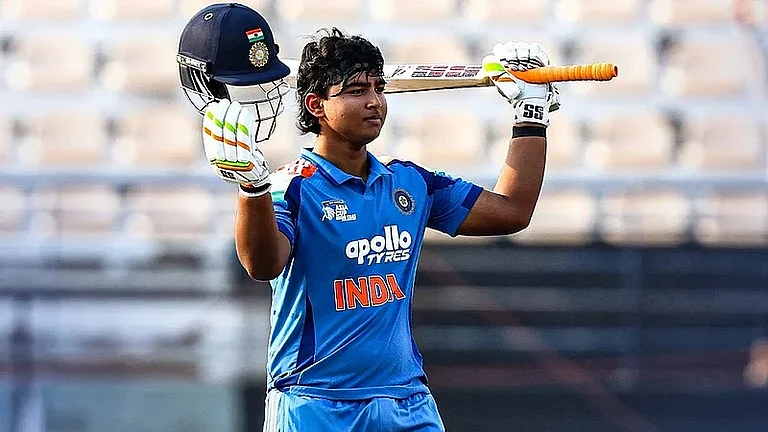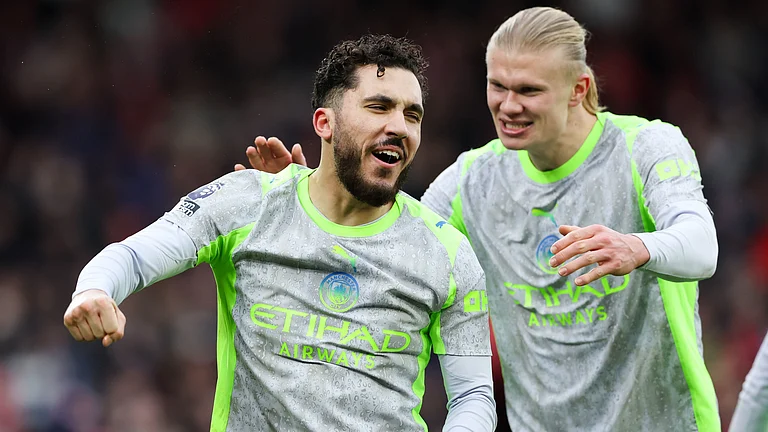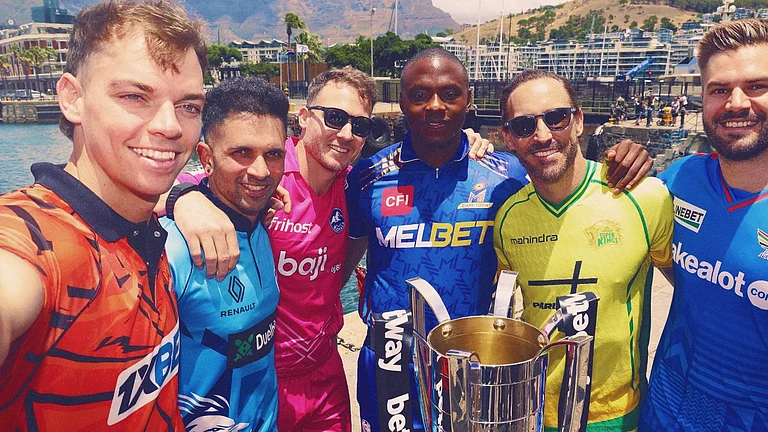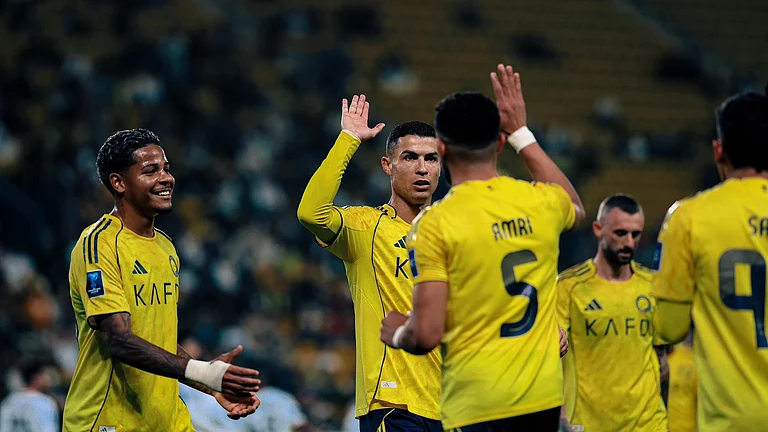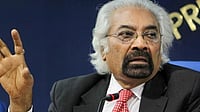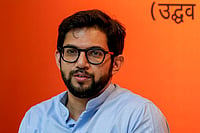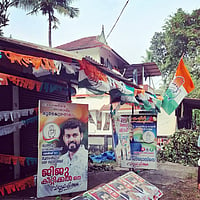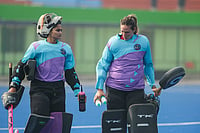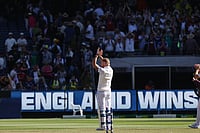THE World Cup is a once-in-a-lifetime opportunity for us," says Rajeev Karwal, vice-president, LG Electronics, as he launches 25 products in 16 weeks in World Cup season. Close on its heels is Videocon—leveraging the event to launch 22 products during its 42-day period—and Philips which will put out 16 products in the same time frame. Cricket sells stuff, and the World Cup sells more stuff than anything else in cricket. That's what's inducing marketers to gamble massive investments.
The biggest boost in immediate sales is expected for colour TVs. Philips sees this as a "major buying season" when the consumers get the best rates from companies and "are forced to prepone their purchase decisions". Last year, for instance, CTV sales shot up during the soccer world cup in football-crazy states like West Bengal and Orissa. Naturally, companies are unveiling new TVs which can do clever things to make the World Cup viewing delightful (see box). All of Philips' 16 new products are CTVs, LG has eight and Videocon, five. Backing this concerted effort are large ad spends: Videocon is shelling out Rs 25 crore, Philips Rs 12 crore while LG has invested Rs 10 crore as an offi-cial sponsor of the Cup.
The returns expected are also large. Video-con hopes to sell two lakh units against the usual 1.3 lakh-odd; Philips is pegging off-take at one lakh units. And not only immediate sales, the World Cup is expected to deliver greater salvation. Philips sees this as its opportunity to return with a bang in the CTV market, especially the large-screen segment. "We want to be centrestage when this segment takes off and return to the top three bracket," says Ravi Pisharody, vicepresident, consumer electronics. Videocon is using the Cup effectively to highlight the activity that was anyway supposed to follow its brand revamp and new logo last December. For a new company like LG, which has yet to complete two years, the opportunity to reach out to over 25 crore people per game is unmatched. Karwal expects his high-wattage World Cup advertising to give him a brand awareness and recall equal to his oldest competitors.
Never mind then that the official World Cup presenters, Star-ESPN and DD, are charging premiums on advertising from 100 to 200 per cent. Karwal says getting such a reach would have actually cost him Rs 15 crore in regular times. Videocon is spending Rs 8 crore more than it would have in regular times; Philips claims its long-term association with the channels has helped it buy time at regular rates.
But while the World Cup can raise awareness levels, marketers are careful not to depend on it for large volume sales. In the previous World Cup, certain companies produced large volumes of CTVs expecting a windfall but ended up with huge inventories. LG is therefore producing only 20 per cent more than regular volumes, preferring to end with a shortage than a surplus. A slight shortage, Karwal feels, will ensure greater retail demand. This should trigger off a shorter credit cycle and quicker money recovery which will offset a lot of the extra expenses incurred for the event.
Marketers therefore are careful this time not to go overboard even while giving the event its due attention. "Overexposure can cause viewer fatigue," warns N. Gupta, director, Videocon. He was scheduled to launch 35 products in six months. The World Cup has only led to packing 22 launches into those 42 days. Philips will launch over 20 audio products over the year.LG too would have in any case launched about 70 per cent of its products in this period of the year. The other durables anyway have their regular seasons. Summers will still be treacherous and up sales of refrigerators and aircon-ditioners; the rains will still boost washing machine sales.
So while the World Cup has kicked off a frenzy in marketing exercises, the savvy marketer is holding back a little. He figures there'll be life even after the World Cup.







